Apple Pay

Apple Pay is Apple's contact-less payment system. Combining NFC technology with personal authentication, Apple Pay promises to revolutionize the way we pay with our smartphones.
Apple Pay will work with all existing American Express, MasterCard and Visa debit and credit cards issued by many popular banks including Bank of America, Capital One Bank, Chase, Citi and Wells Fargo. Apple is touting that this covers over 80% of cardholders in the United States. In order to use Apple Pay at brick and mortar stores, customers will need either an iPhone 6, iPhone 6 Plus, or an Apple Watch which can then be paired with the iPhone 5, iPhone 5s, and iPhone 5c. Older iPhone models will not be supported. However, devices with Touch ID capability that don't have NFC can still use Apple Pay for online purchases in apps that support them, such as the Apple Store app, Amazon, and many more.
Where security is concerned, Apple has taken serious consideration. Apple Pay does not store your actual card numbers on your device or on Apple's servers. Instead, each Apple Pay customer is assigned a unique device account number that is only used once. Apple Pay will then create a dynamic security code in order to validate and process each transaction. This means that if anyone ever got ahold of your iPhone, they wouldn't be able to view actual card numbers. And since Apple Pay uses Touch ID for authentication, this helps prevent unauthorized use of the service. Not only that, large data breaches at major merchants would only result in hackers receiving one-time use codes that are already useless.
Apple Pay currently works with over 200,000 merchants across the United States including every Apple Store, Bloomingdales, Walt Disney, McDonalds, and Walgreens. If you have questions about whether or not your bank supports Apple Pay, we suggest checking their website or calling for details.
Latest about Apple Pay
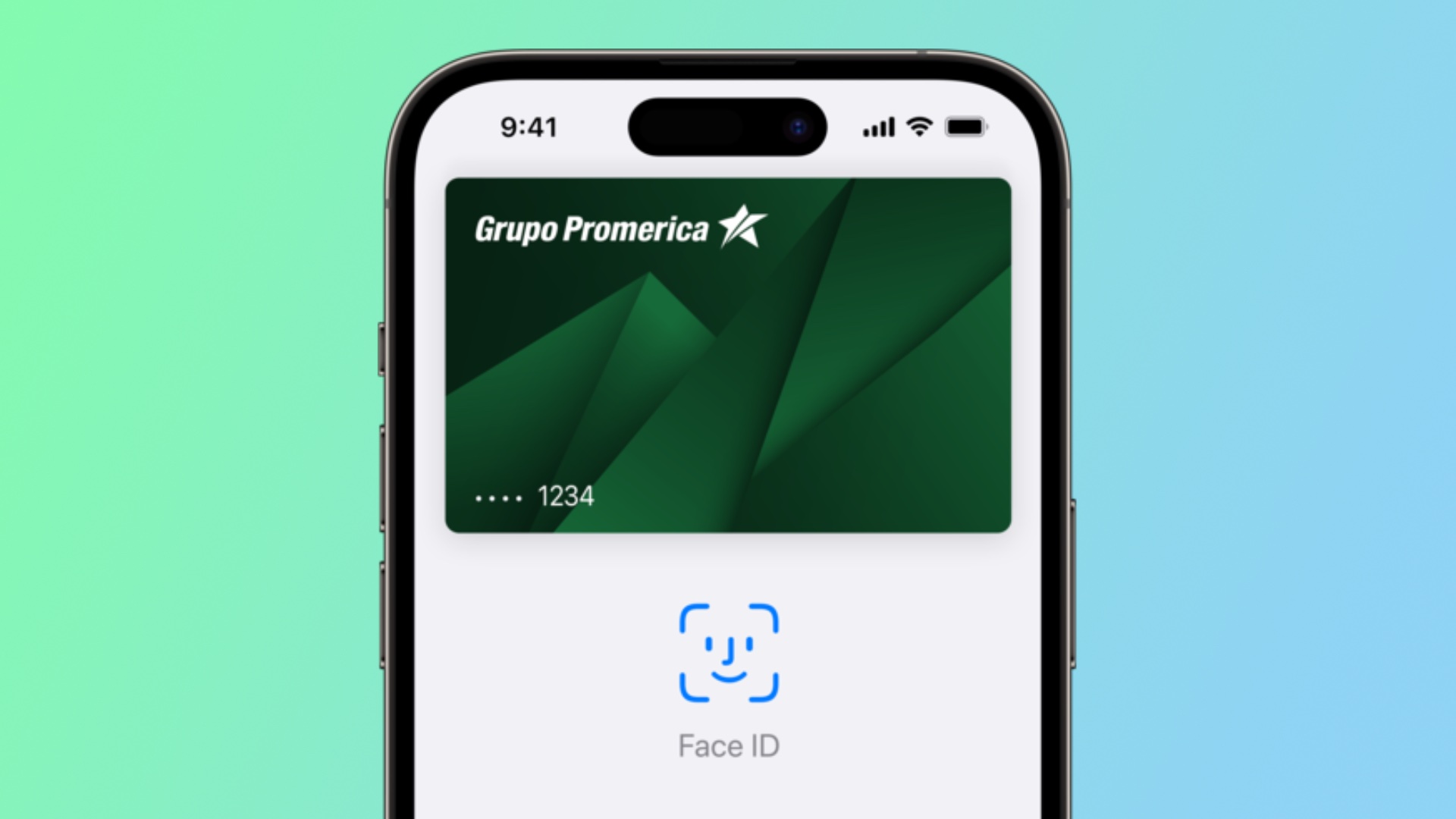
Apple is going to open up its NFC chip to third-party developers in iOS 18.1 for Apple Pay alternatives
By Connor Jewiss published
After an EU ruling, Apple must open up its NFC chip to third-party developers for Apple Pay alternatives. And that's finally going to happen in iOS 18.1.

iPhone users take note! Apple Pay and Contactless likely a casualty of huge global IT outage
By Stephen Warwick published
Apple Pay and Contactless are both affected by the ongoing global IT outage.

NFC Forum hints at the future of Apple Pay with support for multiple transactions in one tap
By Connor Jewiss published
The NFC Forum has outlined the next-generation of contactless payment and the future of Apple Pay, with support for multiple transactions in one tap.
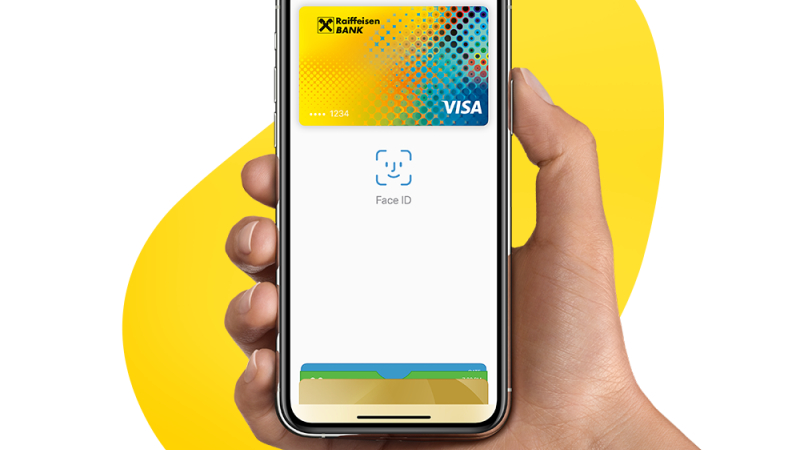
Apple Pay 'technical problem' sees customers wrongly charged thousands in numerous rogue App Store transactions
By Stephen Warwick published
Apple Pay users in Hungary are reporting a major issue with rogue card transactions coming from Apple's App Store.
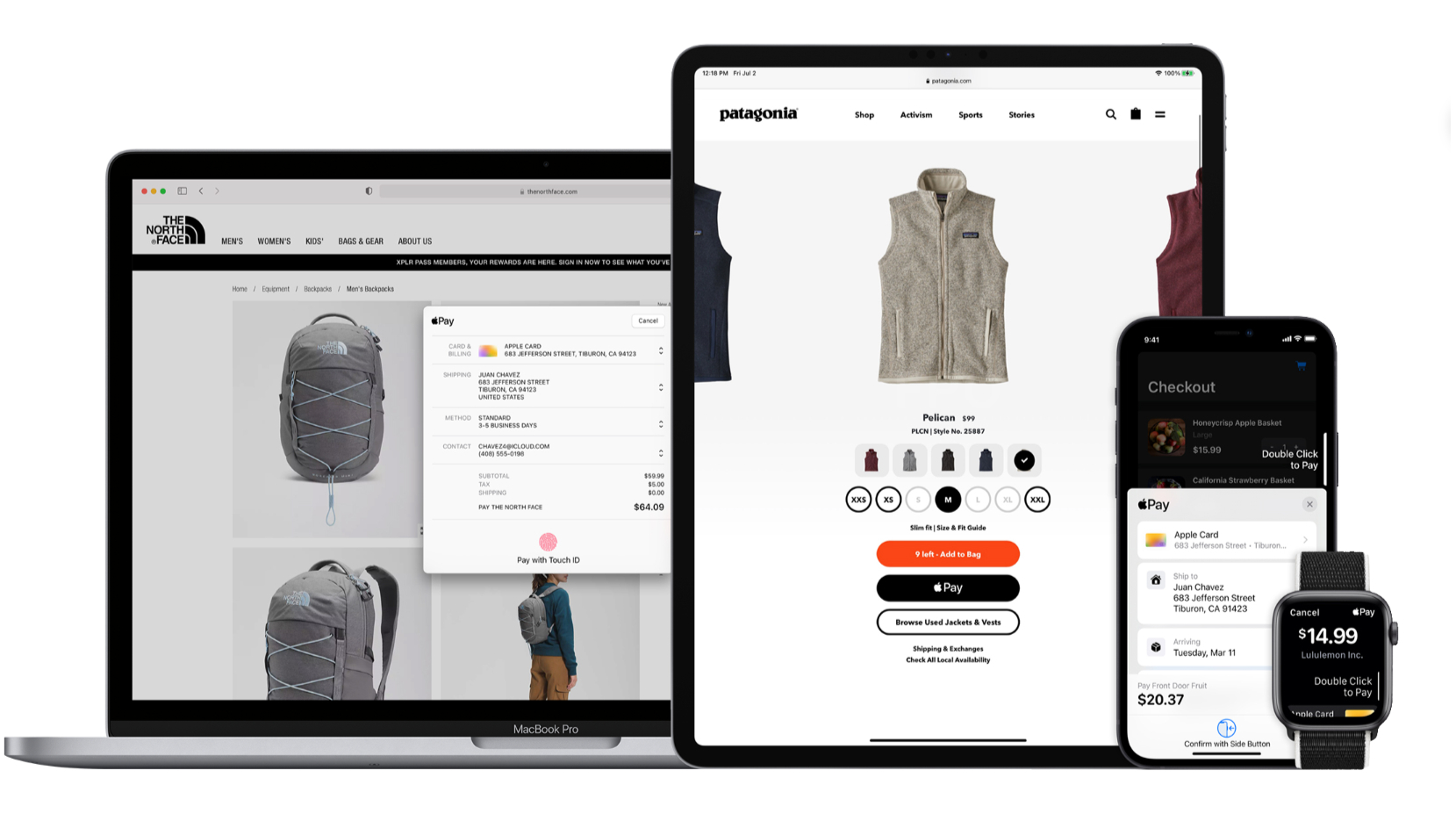
Apple Pay is coming to Windows with this iOS 18 update that works in any browser
By Stephen Warwick published
Apple Pay is getting a big upgrade in iOS 18 that will let users on web browsers scan a code and pay for goods using their iPhone.

iPhones in the EU could get a major Apple Pay upgrade as soon as next month
By Stephen Warwick published
A new report says the EU is ready to accept Apple's proposed tap-to-pay changes, which will give rival wallets access to NFC on iPhone.
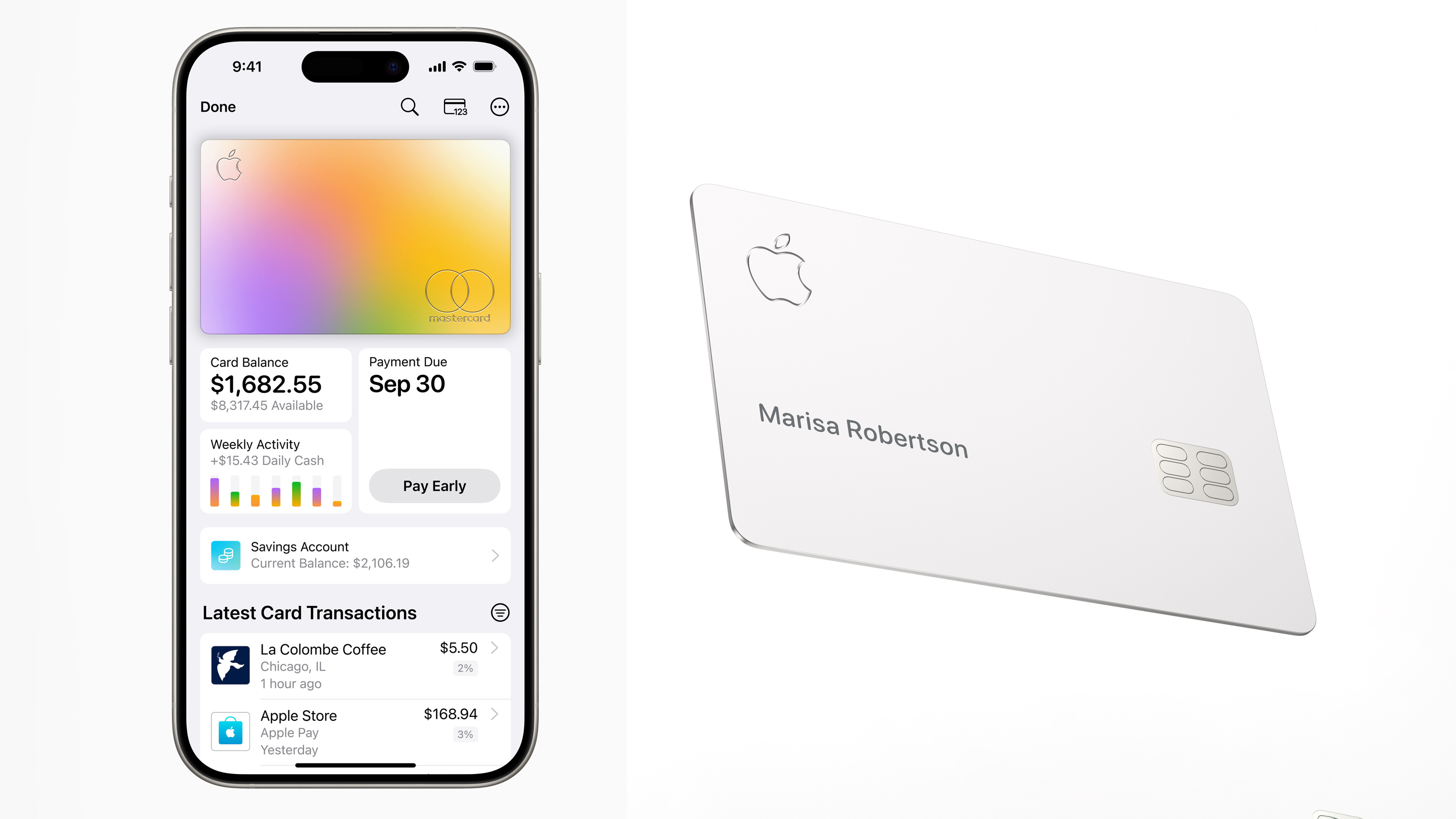
Potential UK Apple Card launch has rival banks calling for scrutiny over iPhone maker's spending data harvesting
By Oliver Haslam published
Some UK banks are worried that the spending data iPhones collect about their users could give Apple an advantage if it launches more financial products.
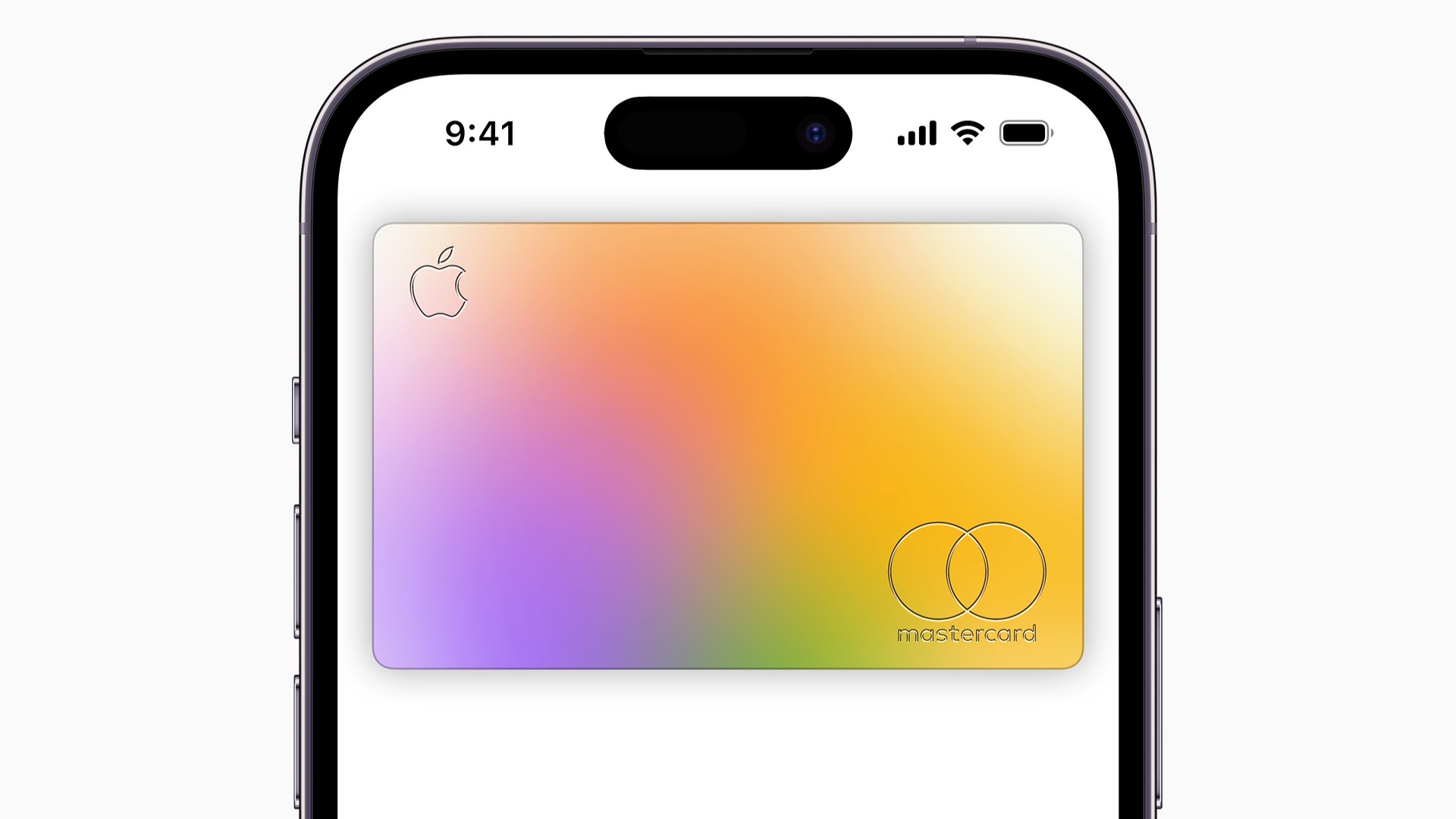
Apple Cash will work in stores that don't accept Apple Pay when iOS 17.4 launches
By Daryl Baxter published
iOS 17.4 beta adds a ‘virtual card number’ feature to Apple Cash, so you can pay at stores that don’t accept Apple Pay.
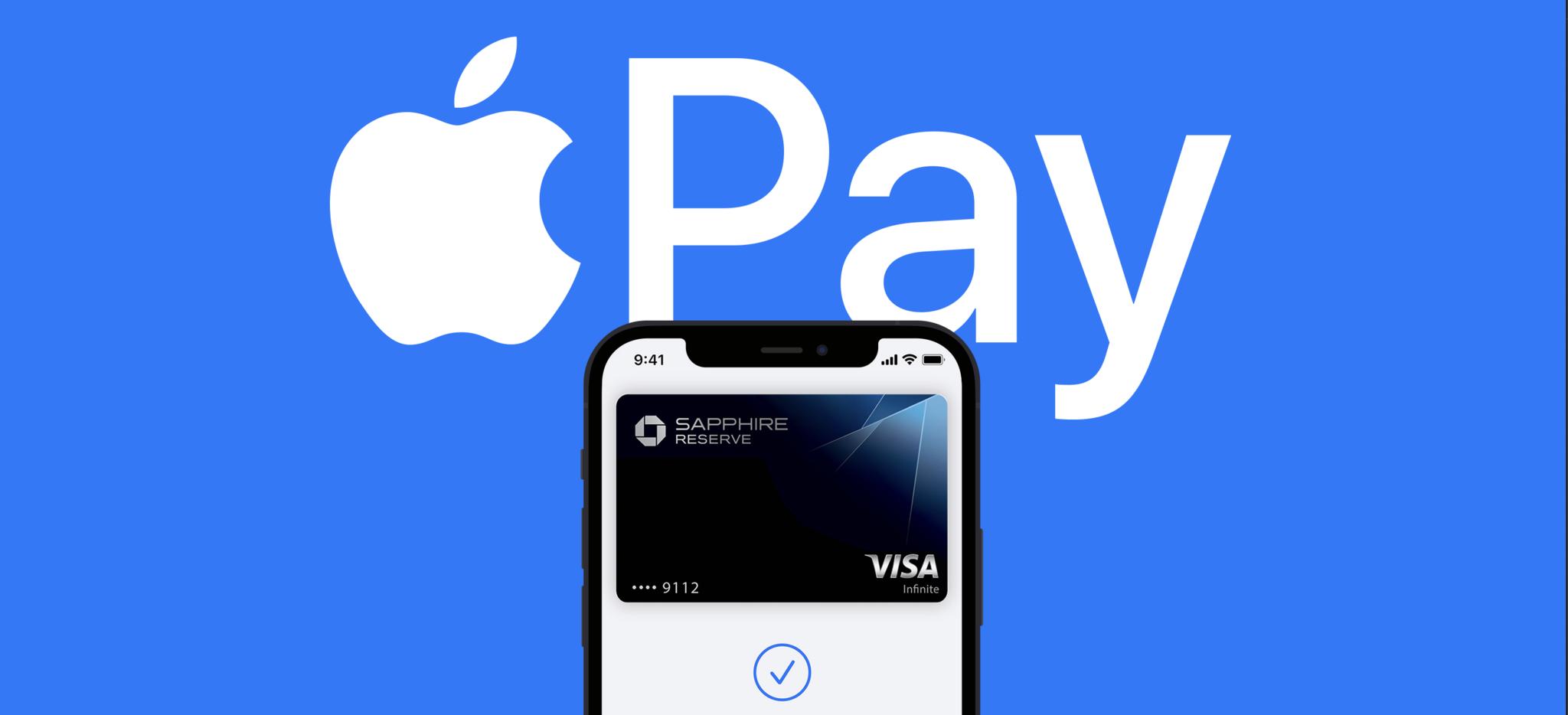
Apple will let third-party apps use iPhone's NFC tap-to-pay feature in the EU
By Palash Volvoikar published
Apple will open Apple Pay's tap-to-pay functionality to third-party wallets and payments to please EU antitrust regulators.
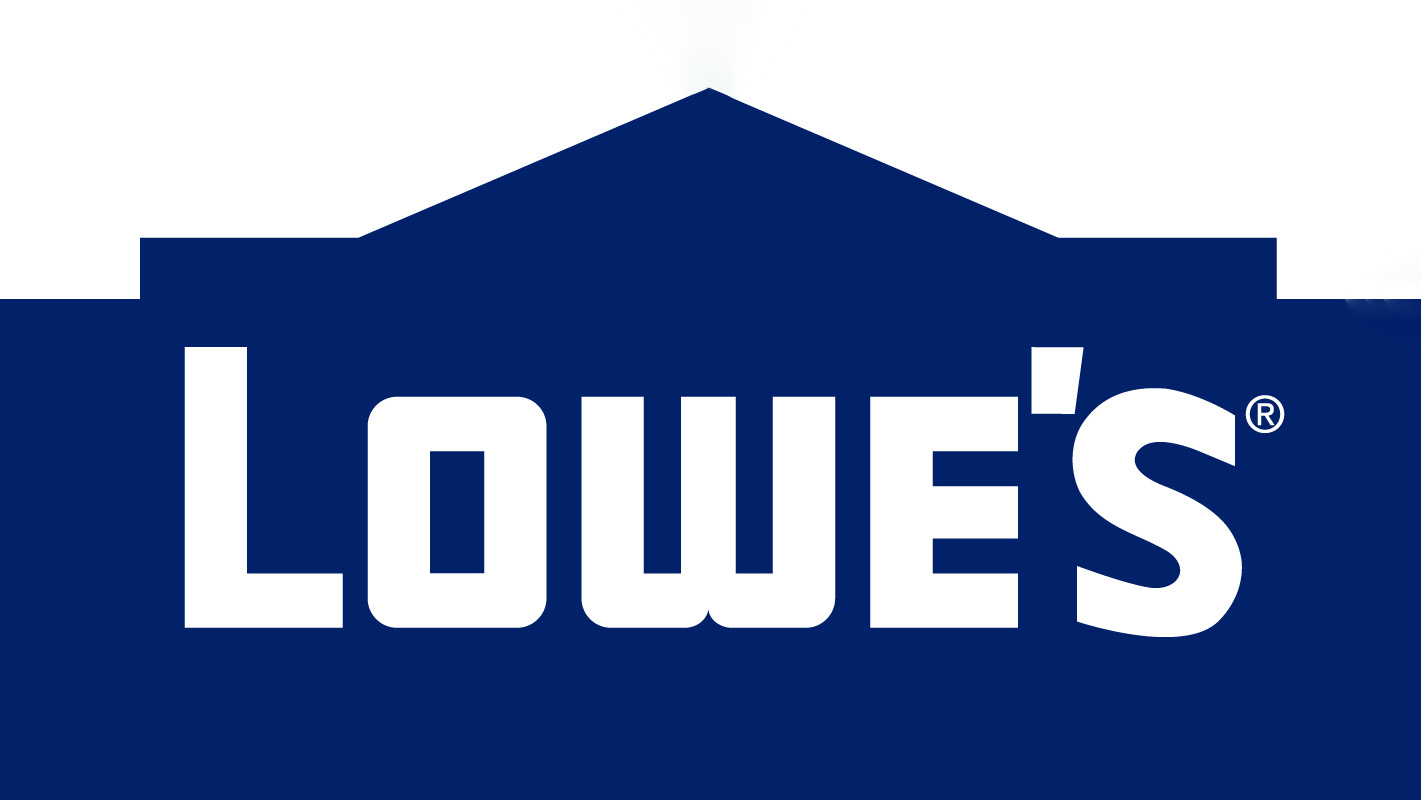
Home improvement upgrade: Apple Pay is now available at Lowe’s retail store
By Terry Sullivan published
How many stores offer Apple Pay at retail?

An Apple Pay and Apple Card outage hit all of Apple's financial services this morning
By Stephen Warwick published
Apple has confirmed an outage is affecting Apple Card, Apple Cash, and Apple Pay & Wallet.
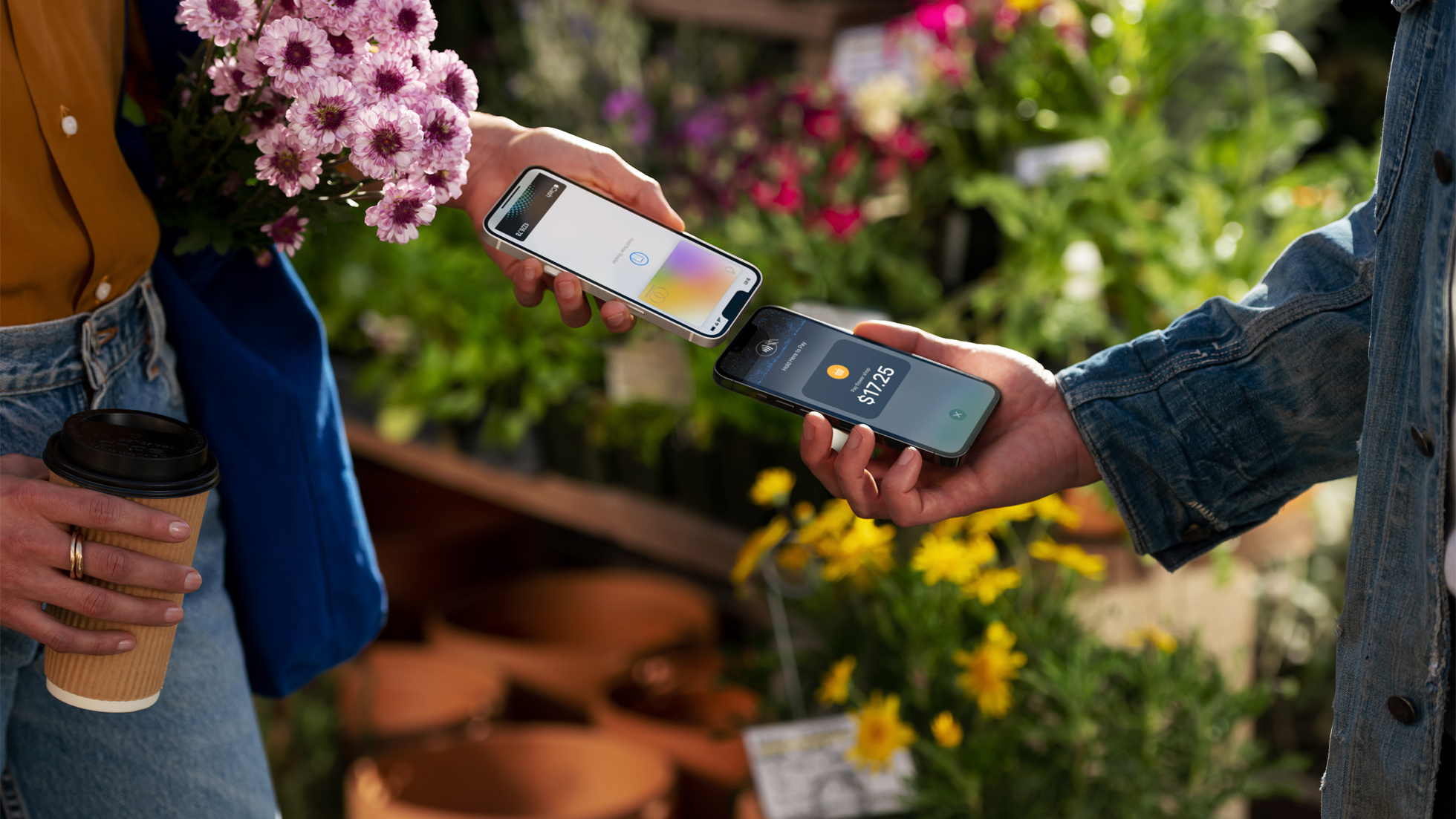
Apple to offer huge Apple Pay concession to EU that could see rivals access tap-and-go iPhone tech
By Stephen Warwick last updated
A new report claims Apple has offered to let rivals use its tap-and-go tech on iPhone for mobile payments.
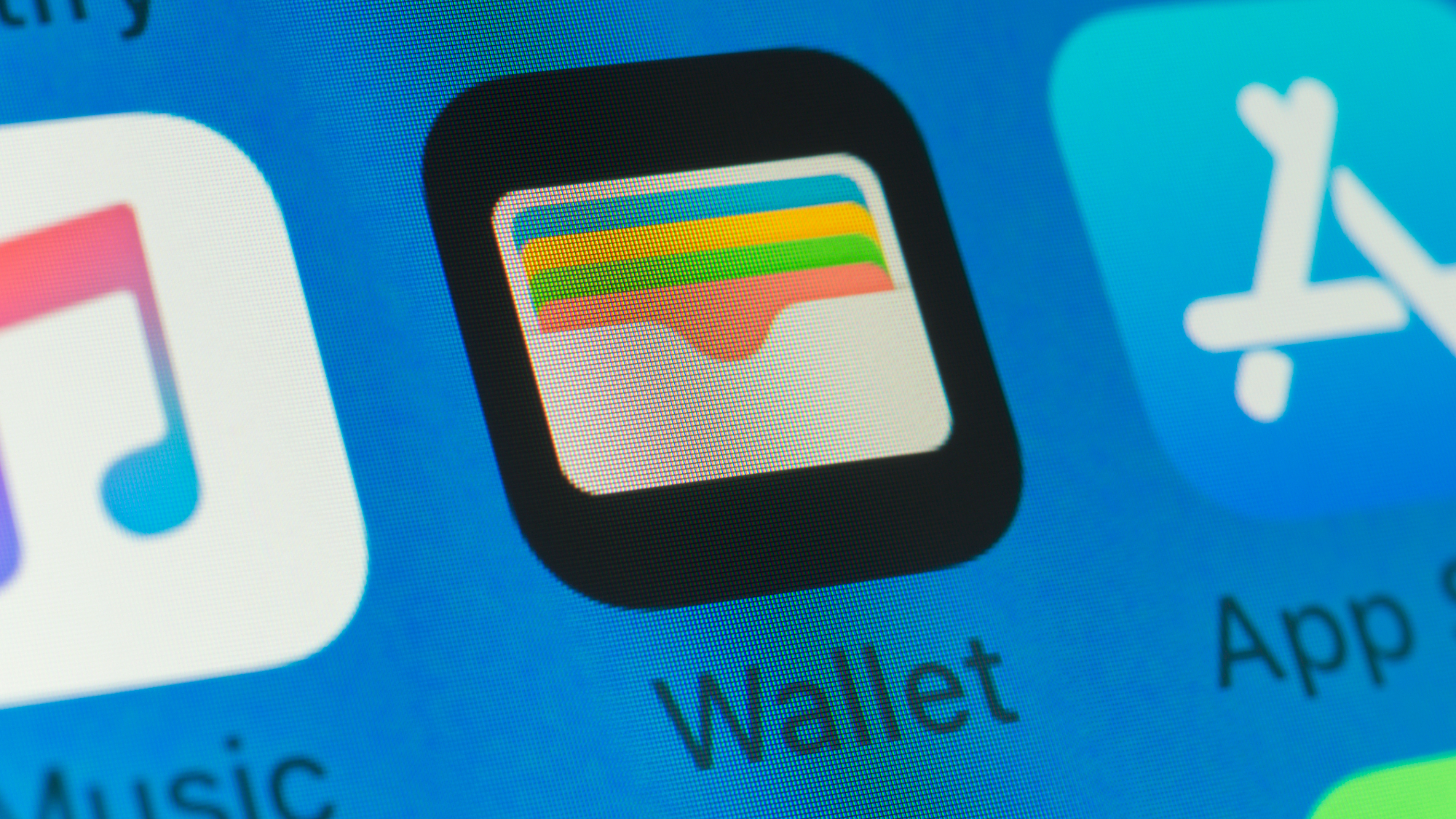
Apple Wallet account balance feature now supports every major UK bank
By Stephen Warwick published
Apple has confirmed all of the banks that support its new UK Apple Wallet balance and transaction history feature.

Apple pushes back against Australia Apple Pay changes that would see service treated like a credit card, even though it isn't one
By Stephen Warwick published
Apple has pushed back against proposals that would see its Apple Pay service subjected to the same rules as credit cards in Australia.
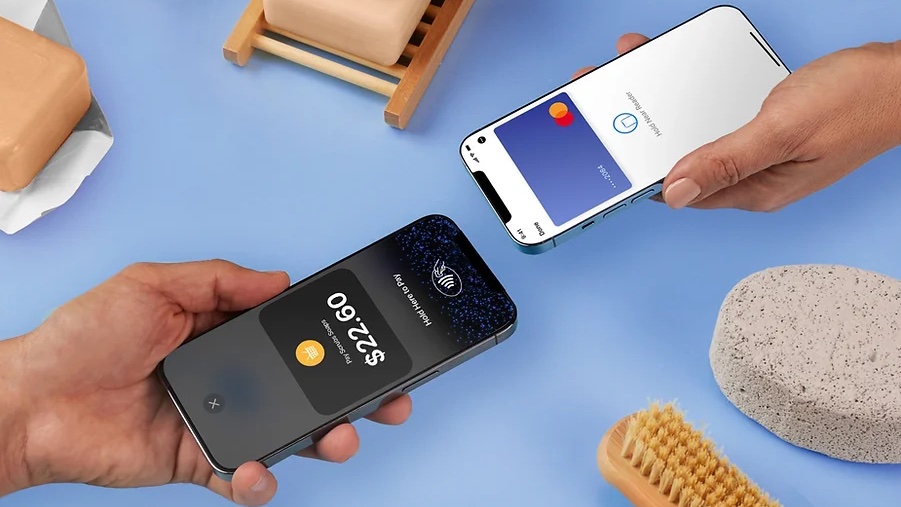
Brazilian iPhone owners can now accept payments using Tap to Pay
By Oliver Haslam published
Tap to Pay is now available for iPhone owners in Brazil via InfinitePay.

Apple Pay support finally comes to PayPal users with these cards
By Oliver Haslam published
PayPal credit and debit card owners can now use Apple Pay for the first time.
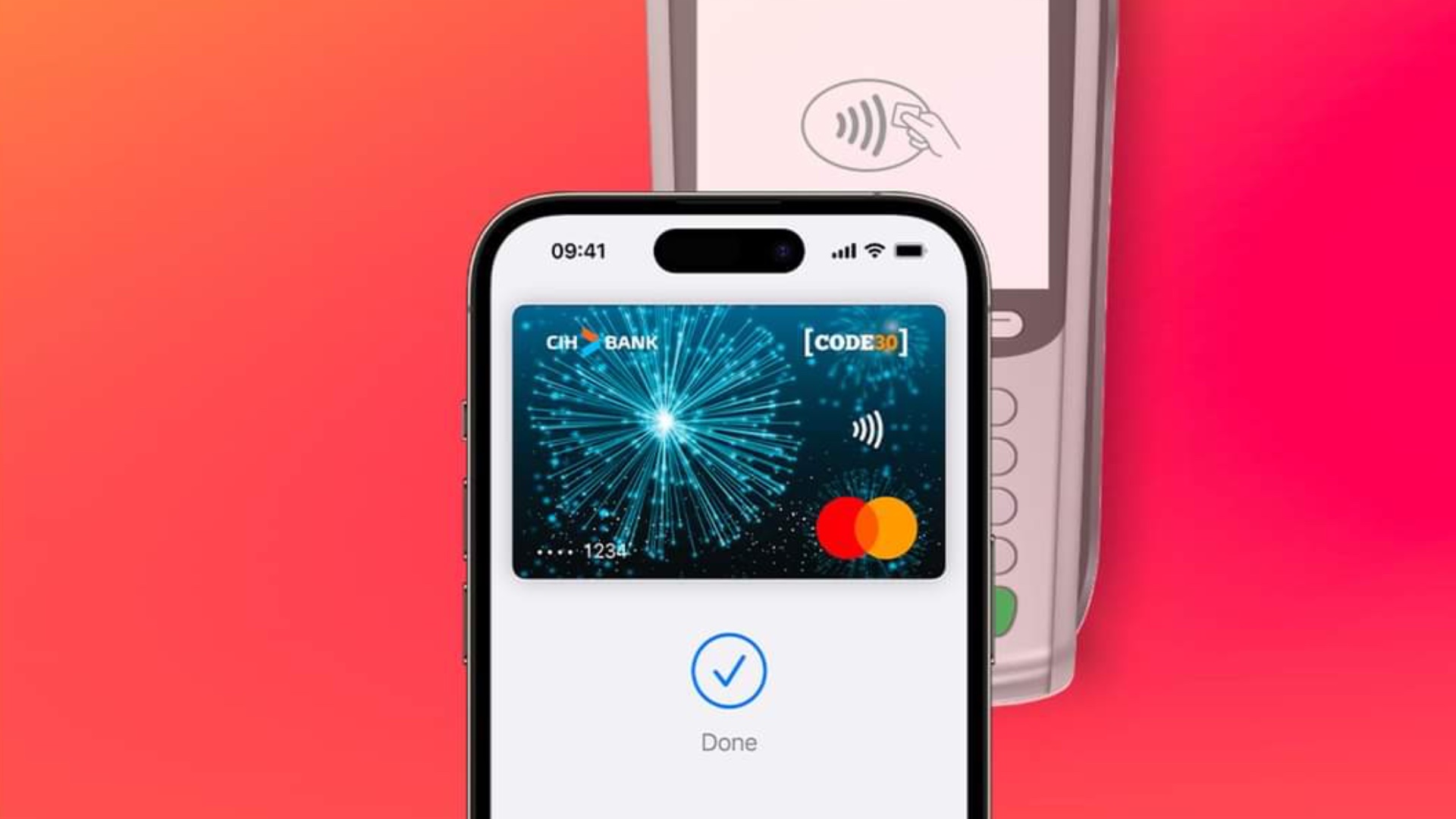
Apple Pay is now live for customers of this bank in Morocco
By Oliver Haslam published
Apple Pay support has landed in Morocco with CIH Bank coming online.

Apple Pay director leaves - and it may not have been an amicable exit
By Tammy Rogers published
The director behind the 'Tap to Pay' Apple Pay feature has just left the company.
Master your iPhone in minutes
iMore offers spot-on advice and guidance from our team of experts, with decades of Apple device experience to lean on. Learn more with iMore!
